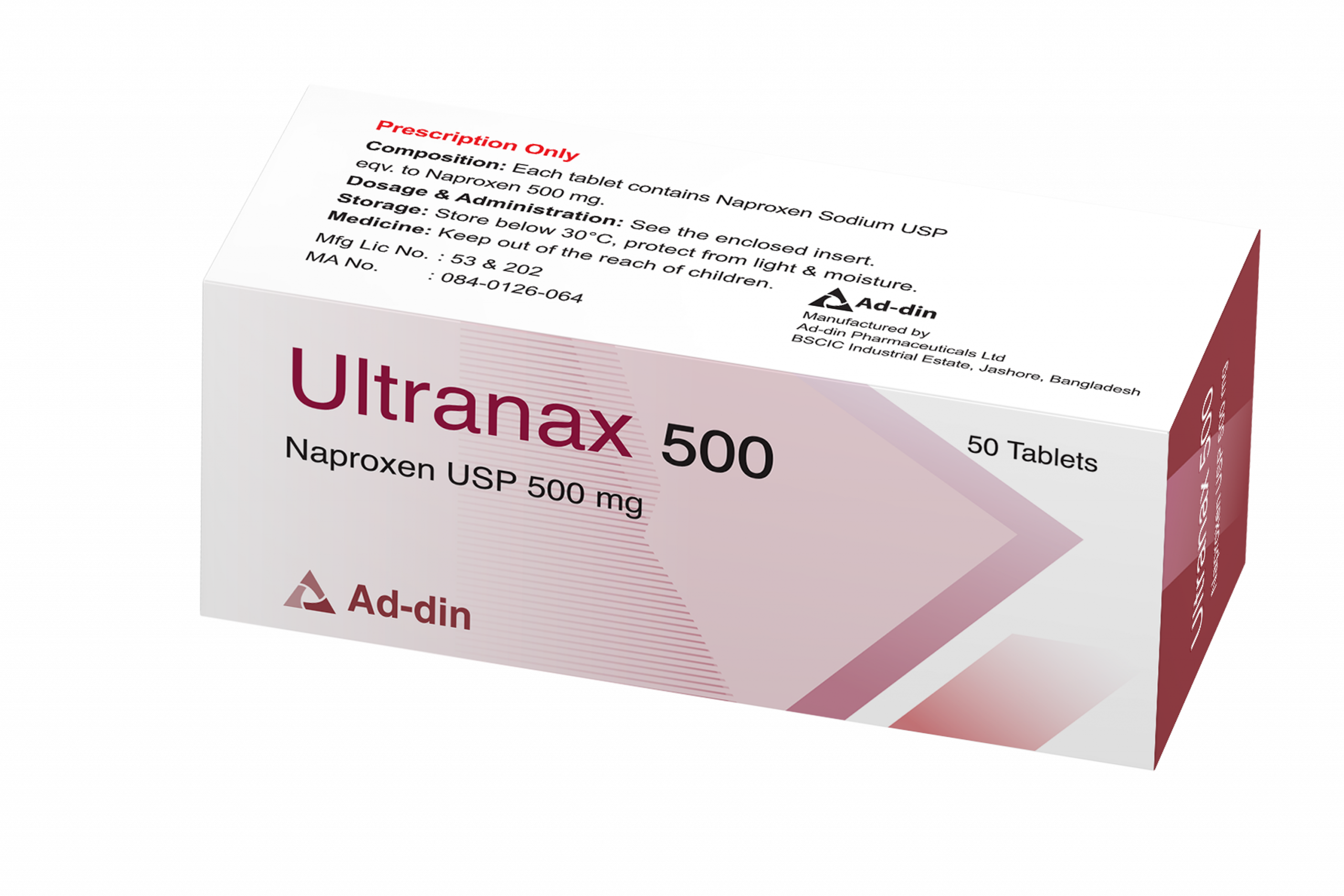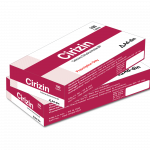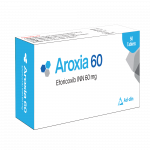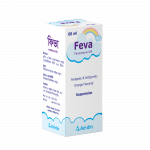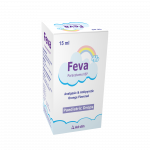Composition
Each tablet contains Naproxen USP 500 mg.
Pharmacology
Naproxen is a non-steroidal anti-inflammatory drug (NSAID) with anti-inflammatory, analgesic & antipyretic properties. It is rapidly absorbed from the gastrointestinal tract and achieves 95% bioavailability. Naproxen is a NSAID with analgesic & antipyretic properties. The mechanism of action of Naproxen is to inhibit the prostaglandin synthesis.
Indications
Naproxen is indicated for the relief of sign and symptoms of rheumatoid arthritis, osteoarthritis, ankylosing spondylitis, juvenile arthritis, tendonitis, bursitis & acute gout. It is also indicated for the management of primary dysmenorrhea & pain.
Dosage & Administration
Ultranad Tablet-
Rheumatoid arthritis, osteoarthritis and ankylosing spondylitis: The usual dose is 500-1000 mg daily in two divided doses after meals.
Management of pain, primary dysmenorrhea, acute tendonitis & bursitis: Recommended starting dose is 500 mg followed by 500 mg every 12 hours or 250 mg every 6-8 hours. The initial total daily dose should not exceed 1250 mg and thereafter, the total daily dose should not exceed 1000 mg. Acute gout: Recommended starting dose is 750 mg followed by 250 mg every 8 hours until the attack has subsided.
Contraindications
- Known hypersensitivity to any component of Naproxen or substituted benzimidazoles
- History of asthma, urticaria or other allergic–type reactions after taking aspirin or other NSAIDs
- Use during the peri-operative period in the setting of coronary artery bypass graft (CABG) surgery
- Late pregnancy
Precautions
Patients with known CV disease/risk factors may be at greater risk. Naproxen should be used with caution in patients with fluid retention or heart failure.
Side-effects
In general, Naproxen is well tolerated. The most common adverse reactions in clinical trials (>5): erosive gastritis, dyspepsia, gastritis, diarrhea, gastric ulcer, upper abdominal pain, nausea etc.
- Concomitant use of NSAIDs may reduce the antihypertensive effect of ACE inhibitors, diuretics & beta-blockers
- Concomitant use of Naproxen and warfarin may result in increased risk of bleeding
- Esomeprazole inhibits gastric acid secretion & may interfere with absorption of drugs where gastric pH is an important determinant of bioavailability (eg. Ketoconazole, iron salts and digoxin).
Use In Pregnancy & Lactation
US FDA pregnancy category of Naproxen is C. So, Naproxen should be avoided in pregnancy & lactation unless the potential benefits to the other outweigh the possible risks to the fetus.
Drug Interaction
ACE inhibitors: diminish the antihypertensive effect of ACE inhibitors.
Antacids & Sucralfate: delay the absorption of Naproxen.
Aspirin: increase adverse effects.
Diuretics: reduce the natriuretic effect of Furosemide and Thiazides.
Methotrexate: enhance the toxicity of Methotrexate.
Warfarin: increase the risk of GI bleeding.
Selective Serotonin Reuptake Inhibitors (SSRI): increase the risk of GI bleeding.
Overdose
Significant naproxen overdosage may be characterized by lethargy, drowsiness, epigastric pain, abdominal discomfort, heartburn, indigestion, nausea, transient alteration in liver function, hypoprothrombinemia, renal dysfunction, metabolic acidosis, apnea, vomiting etc.
Storage
Keep below 30°C temperature, protected from light & moisture. Keep out of the reach of children.
Packaging
Each box contains 3X10 tablets in blister

